Forex Trading Strategies for Carry Pairs in Trending Markets: Approaches for the Carry Trade Strategy During Trending Conditions
The forex market offers numerous opportunities for traders to profit from currency fluctuations. Among the various trading strategies, the carry trade strategy has gained popularity, especially in trending markets. This article will delve into effective approaches for utilizing the carry trade strategy in trending conditions, providing insights into how to identify trends and manage risks for optimal results.
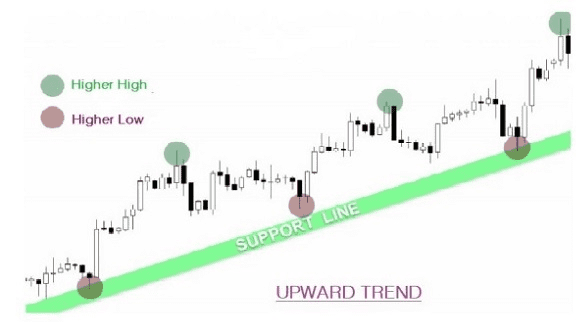
Table of Contents
1. Understanding Carry Trade Strategy
2. Factors Influencing Carry Pairs
3. Identifying Trending Markets
4. Managing Risk in Trending Carry Trades
5. Monitoring Economic Calendar
6. Integrating News Analysis
7. FAQ
8. Footnote
Understanding Carry Trade Strategy
The carry trade strategy involves borrowing funds in a currency with a low-interest rate and investing in a currency with a higher interest rate. Traders aim to profit from the interest rate differential, as well as potential capital appreciation. In trending markets, this strategy can be even more profitable, provided traders employ the right tactics.
Factors Influencing Carry Pairs
Carry pairs are currency pairs characterized by significant interest rate differentials. Traders must consider several factors before selecting carry pairs for trending market trades:
- Interest Rate Differential: A higher interest rate differential between the two currencies enhances potential returns.
- Economic Stability: Currencies of countries with stable economies are preferred for carry trades.
- Central Bank Policies: Central bank actions and monetary policies can impact interest rates and currency values.
Identifying Trending Markets
Trending markets exhibit prolonged price movements in one direction. Traders can identify trends using technical indicators like moving averages and trendlines. Fundamental analysis, including economic data releases and geopolitical events, can also offer insights into potential trends.
Approach 1: Trend Following
Trend following involves entering trades in the direction of the prevailing trend. Traders use indicators like moving averages and trendlines to confirm the trend's strength. This approach capitalizes on momentum and can lead to substantial profits in trending markets.
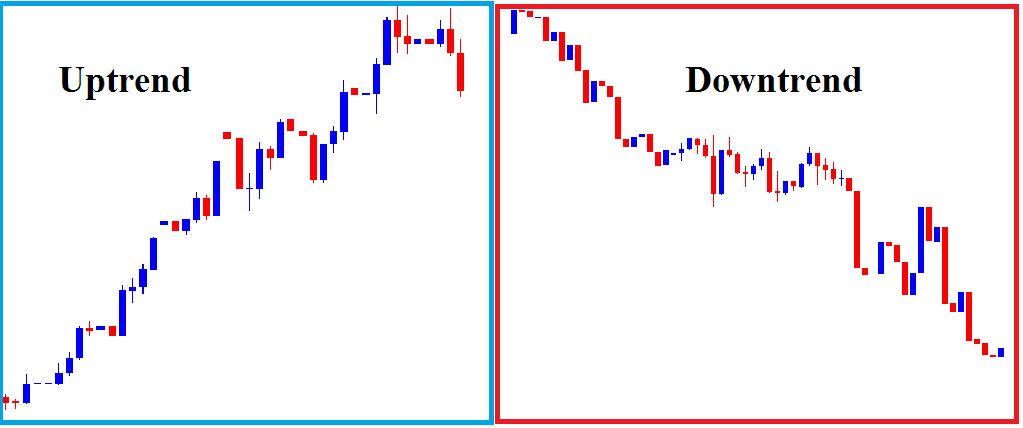
Approach 2: Pullbacks and Corrections
During trends, price corrections and pullbacks are common. Traders can use these opportunities to enter the market at better prices. Fibonacci retracement levels and support/resistance zones aid in identifying potential entry points.
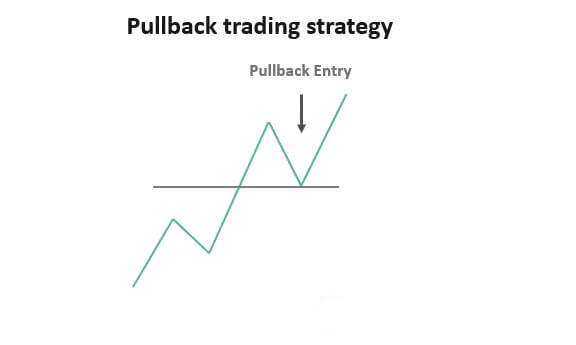
Approach 3: Moving Averages
Moving averages smooth out price data and highlight the underlying trend. The crossover of short-term and long-term moving averages is a popular entry signal. Traders can also use moving averages to trail their stop-loss orders, locking in profits during strong trends.
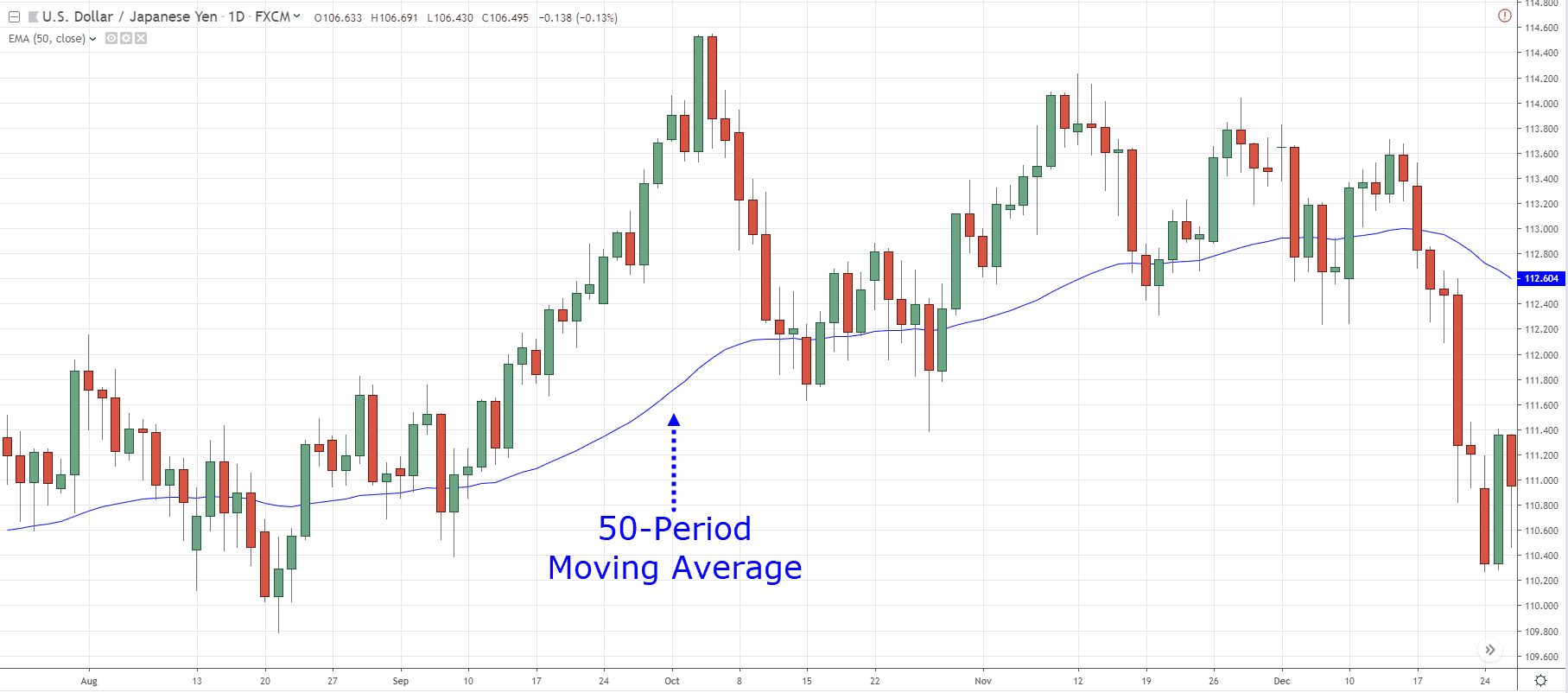
Approach 4: Relative Strength Index (RSI)
The RSI is a momentum oscillator that measures the speed and change of price movements. Traders use the RSI to identify overbought and oversold conditions. In trending markets, RSI divergence can signal potential reversals.
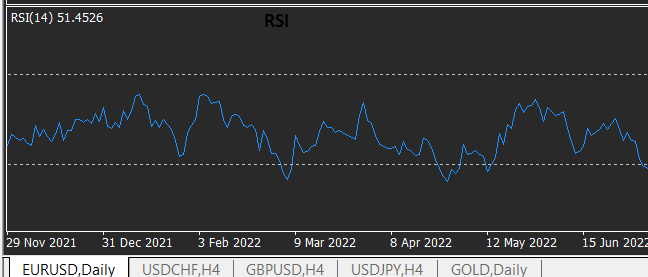
Approach 5: Fibonacci Retracement
Fibonacci retracement levels help identify potential support and resistance zones during price pullbacks. Traders can use these levels to find entry and exit points, aligning with the overall trend.
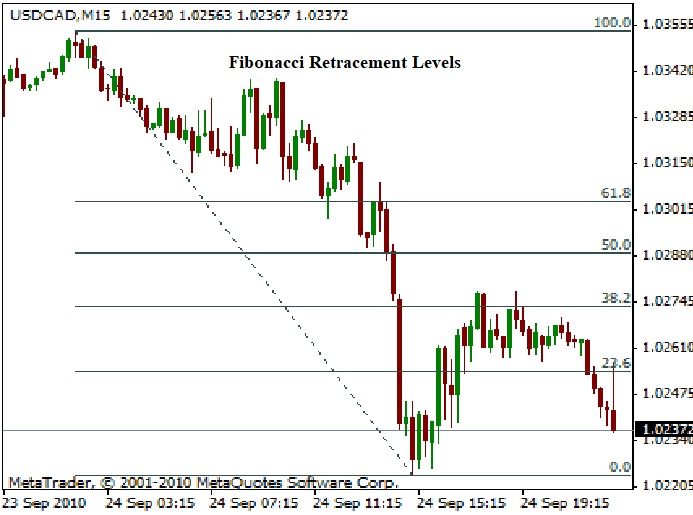
Managing Risk in Trending Carry Trades
Risk management is crucial in forex trading. Traders can employ various techniques to mitigate risks, including:
- Position Sizing: Properly sizing positions based on risk tolerance.
- Stop-Loss Orders: Placing stop-loss orders to limit potential losses.
- Diversification: Trading multiple carry pairs to spread risk.
- Using Trailing Stops: Adjusting stop-loss levels as the trade becomes profitable.
Monitoring Economic Calendar
Economic events can impact currency pairs. Traders must stay informed about upcoming data releases, central bank meetings, and geopolitical events to anticipate potential market shifts.
Integrating News Analysis
News analysis provides insights into market sentiment. Traders can use reputable financial news sources to gauge how news events might influence currency pairs.
FAQs
Q: How do I identify a trending market?
A: Identifying a trending market involves analyzing price movements over time. Look for prolonged upward or downward movements, and confirm with technical indicators.
Q: What is the carry trade strategy?
A: The carry trade strategy involves borrowing money in a low-interest-rate currency and investing it in a higher-interest-rate currency to profit from the interest rate differential.
Q: How can I manage risks in carry trades?
A: Risk management techniques include position sizing, using stop-loss orders, diversifying trades, and employing trailing stops.
Q: What are moving averages and how do I use them?
A: Moving averages smooth out price data, helping traders identify trends. Crossovers between short-term and long-term moving averages can signal entry and exit points.
Q: How does the RSI indicator work in forex?
A: The Relative Strength Index (RSI) measures the speed and change of price movements. It helps identify overbought and oversold conditions and can indicate potential reversals.
Q: What is Fibonacci retracement and its significance?
A: Fibonacci retracement levels are horizontal lines that indicate potential support and resistance levels during price pullbacks. They help traders find entry and exit points aligned with the trend.
Footnote
In trending markets, applying the carry trade strategy can be highly profitable for forex traders. By identifying trends, utilizing effective approaches, and managing risks, traders can navigate the dynamic forex market with confidence. Remember that staying informed about economic events and integrating news analysis can further enhance your trading strategy. Incorporate these insights into your trading plan to make the most of trending conditions and optimize your success in the forex market.











Discussion